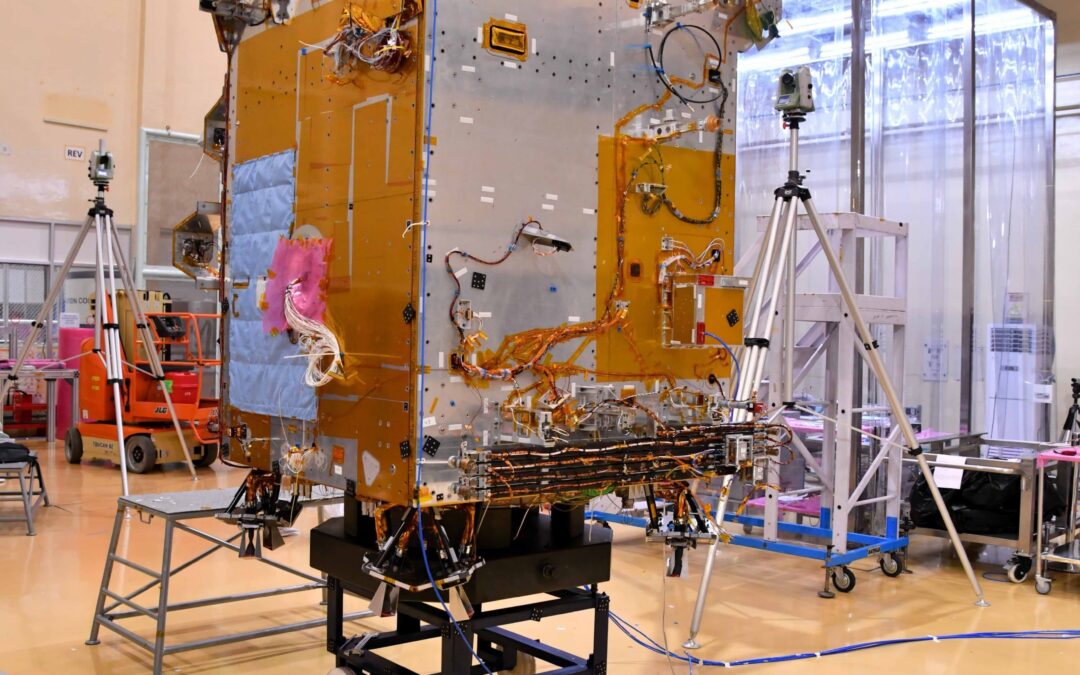India made history on Wednesday 23 August 2023 and became the first nation to softly land close to the South Pole of the Moon. India followed the United Status, China, and Russia as the only other nations to achieve soft landing during journey from India to Moon: Chandrayaan-3.
Launch:
Chandrayaan-3 achieved an Earth parking orbit with a perigee of 170 km (106 mi) and an apogee of 36,500 km (22,680 mi) on July 14, 2023, at 2:35 p.m. IST from the Satish Dhawan Space Centre Second Launch Pad in Sriharikota, Andhra Pradesh, India.
Orbit:
From India to Moon: Chandrayaan-3 was successfully inserted into orbit around the Moon on August 5 by ISRO following a series of maneuvers that had previously put the spacecraft in a trans-lunar injection orbit. The LOI mission was conducted from Bengaluru’s ISRO Telemetry, Tracking and Command Network (ISTRAC).
The last stage of the mission was launched on August 17 with the Vikram lander detachment from the propulsion module.
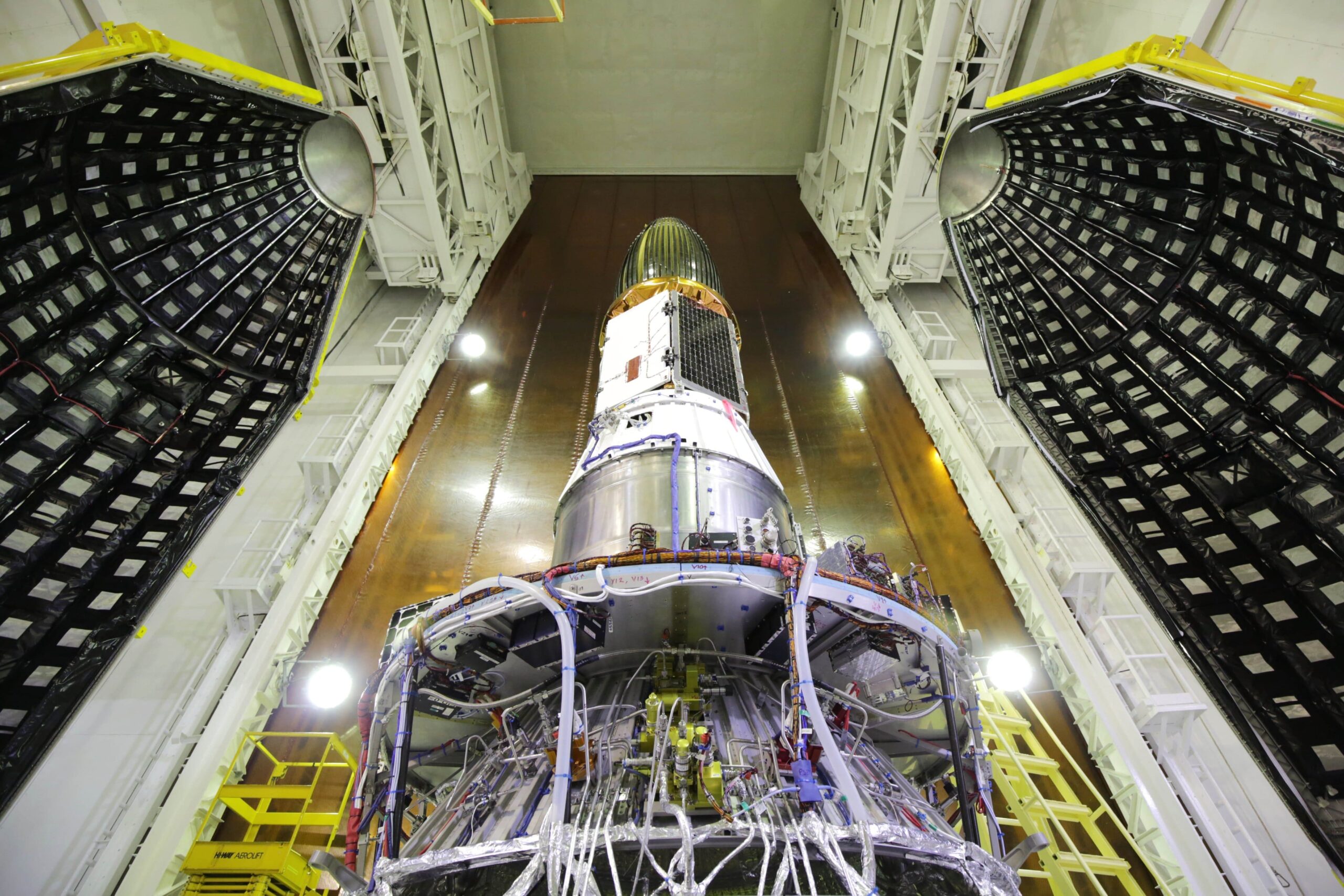
| Spacecraft properties | |
|---|---|
| Bus | Chandrayaan |
| Manufacturer | ISRO |
| Launch mass | 3900 kg |
| Payload mass | Propulsion Module: 2148 kg Lander Module (Vikram): 1726 kg Rover (Pragyan) 26 kg Total: 3900 kg |
| Power | Propulsion Module: 758 W Lander Module: 738 W WS with Bias Rover: 50 W |
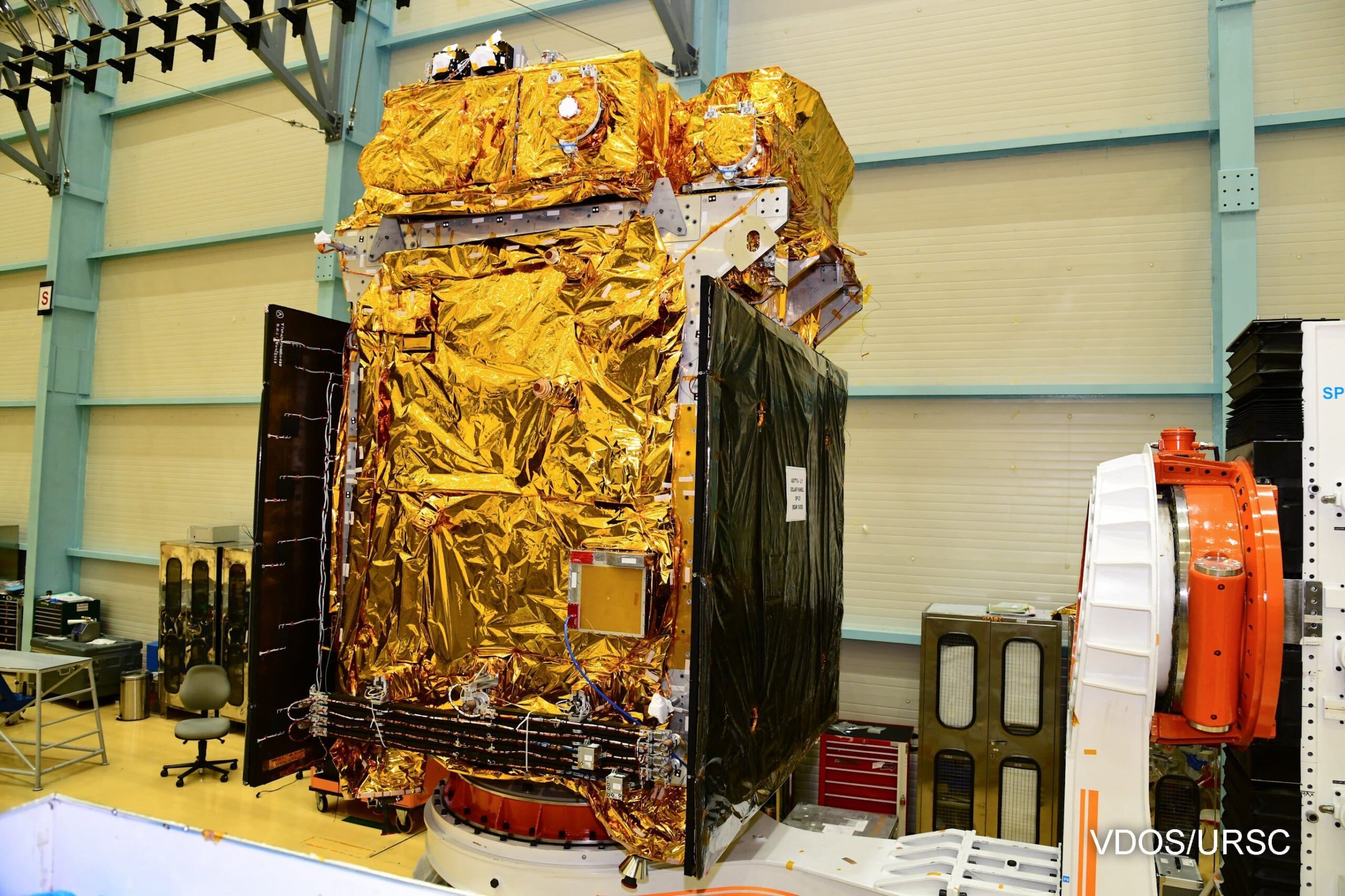
Descent:
On August 23, 2023, the lander’s four engines ignited in a braking maneuver at a height of 30 km (19 mi) above the Moon as it neared the low point of its orbit. The lander reached a height of 7.2 km (4.5 miles) above the ground after 11.5 minutes; it held this height for roughly 10 seconds before stabilizing itself with eight smaller engines and rotating from a horizontal to a vertical position while continuing its descent.
It then slowed its fall with two of its four engines to around 150 meters (490 feet), lingered there for about 30 seconds, then continued to descend, touching down at 12:32.
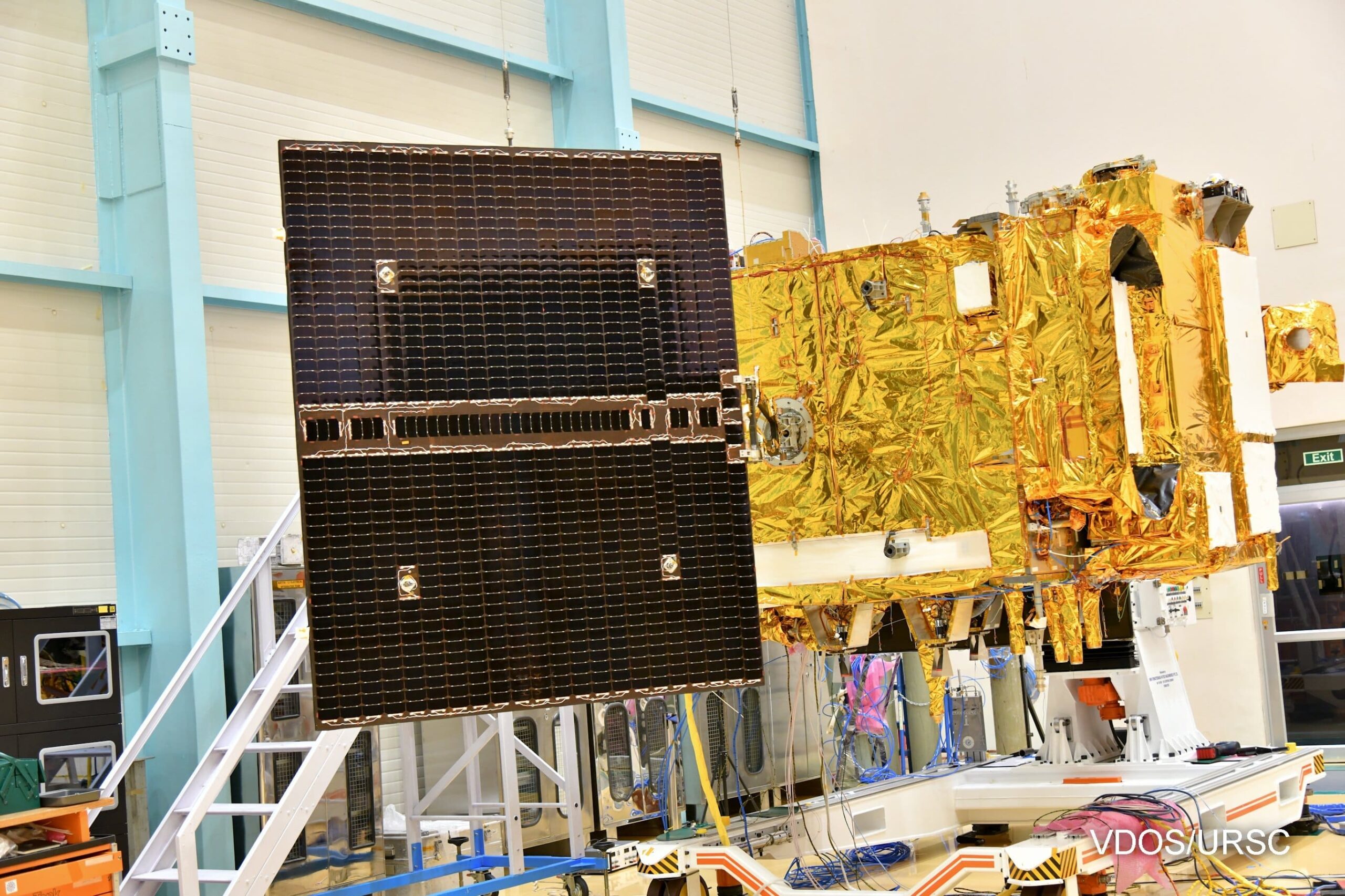
Stages of Chandrayaan-3 deployment and flight
| Stage and sequence | Date/
Time (UTC) |
LAM burn time | Orbit | Orbital period |
| Earth orbit: Launch | 13 July 2023 | — | 170 km × 36,500 km (110 mi × 22,680 mi) | — |
| Earth bound maneuvers: 1 | 15 July 2023 | — | 173 km × 41,762 km (107 mi × 25,950 mi) | — |
| Earth bound maneuvers: 2 | 17 July 2023 | — | 226 km × 41,603 km (140 mi × 25,851 mi) | — |
| Earth bound maneuvers: 3 | 18 July 2023 | — | 228 km × 51,400 km (142 mi × 31,938 mi) | — |
| Earth bound maneuvers: 4 | 20 July 2023 | — | 233 km × 71,351 km (145 mi × 44,335 mi) | — |
| Earth bound maneuvers: 5 | 25 July 2023 | — | 236 km × 127,603 km (147 mi × 79,289 mi) | — |
| Translunar injection | 31 July 2023 | — | 288 km × 369,328 km
(179 mi × 229,490 mi) |
— |
| Lunar orbit injection | 5 August 2023 | 1,835 s (30.58 min) | 164 km × 18,074 km (102 mi × 11,231 mi) | Approx. 21 h (1,300 min) |
| Lunar bound maneuvers: 2 | 6 August 2023 | — | 170 km × 4,313 km (106 mi × 2,680 mi) | — |
| Lunar bound maneuvers:3 | 9 August 2023 | — | 174 km × 1,437 km (108 mi × 893 mi) | — |
| Lunar bound maneuvers:4 | 14 August 2023 | — | 150 km × 177 km
(93 mi × 110 mi) |
— |
| Lunar bound maneuvers:5 | 16 August 2023 | — | 153 km × 163 km
(95 mi × 101 mi) |
— |
| Lander deorbit maneuvers: 1 | 18 August 2023 | — | 113 km × 157 km
(70 mi × 98 mi) |
— |
| Lander deorbit maneuvers: 2 | 19 August 2023 | 60 s
(1.0 min) |
25 km × 134 km
(16 mi × 83 mi) |
— |
| Landing: 1 | 23 August 2023 | TBC | — | — |
| Rover deployment: 1 | 23 August 2023 | — | — | — |
Mission Life
- In the journey From India to Moon: Chandrayaan-3, propulsion module propels the lander and rover into an orbit measuring 100 by 100 kilometers (62 by 62 mi), where the experimental payload can operate for up to six months.
- 1 Lunar Day (14 Earth Days) Lander Module
- 1 Lunar Day (14 Earth Days) for the Rover Module
Team
- ISRO Chairperson: S . Somanath
- Mission Director: S. Mohanakumar
- Associate Mission Director: G. Narayanan
- Project Director: P. Veeramuthu Vel
- Deputy Project Director: Kalpana
- Vehicle Director: Biju C. Thomas
Budget
In December 2019, ISRO requested $9.4 million for the project’s initial funding, of which 60 crore (US$7.5 million) would go toward meeting capital expenditures for machinery, equipment, and other items, and the remaining 15 crore (US$1.9 million) would go toward operating expenses.
Former ISRO chairman K. Sivan confirmed the project’s existence and said the anticipated cost would be roughly 615 crore (equivalent to 721 crore or US$90 million in 2023).
Get In Touch
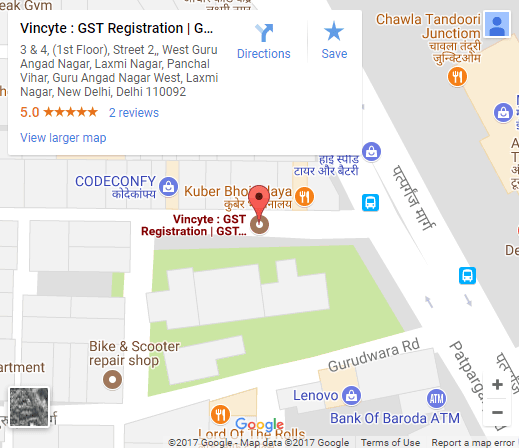
Contact Us
New Business

